Technical specification
TP:247
Preparing you for any emergency. Find out more about all the features and technical details of the TP:247.
TP:247
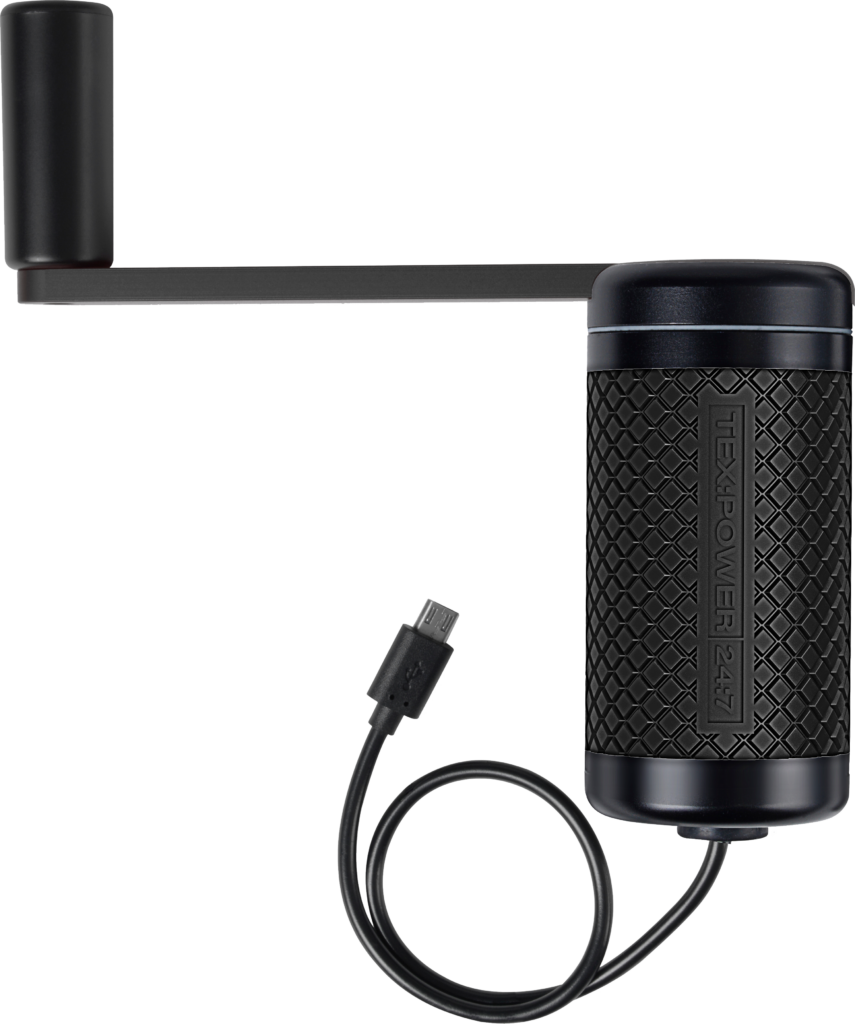
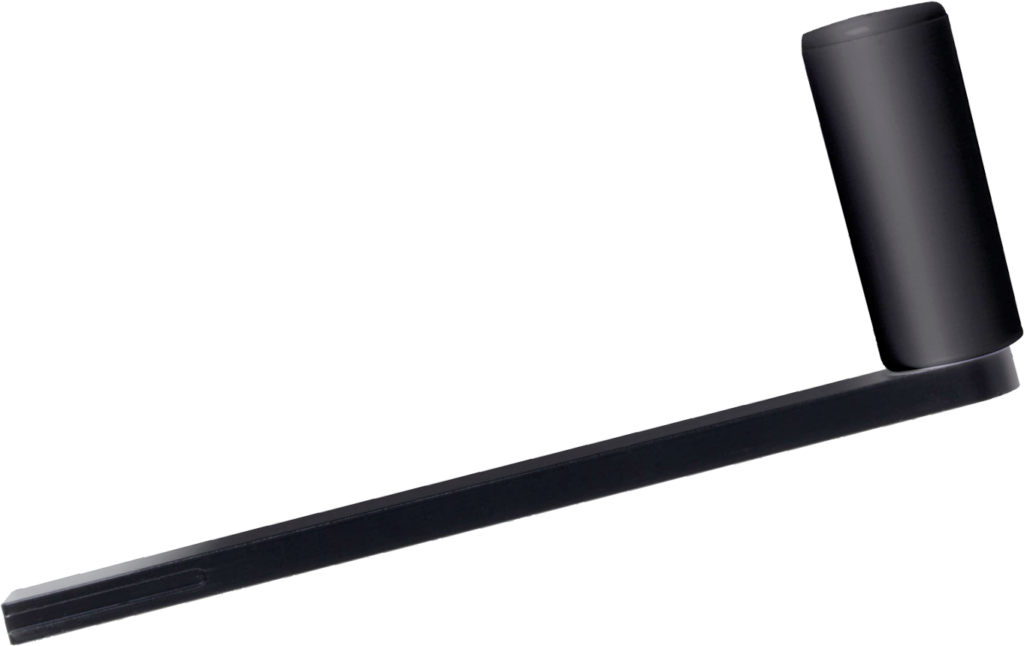
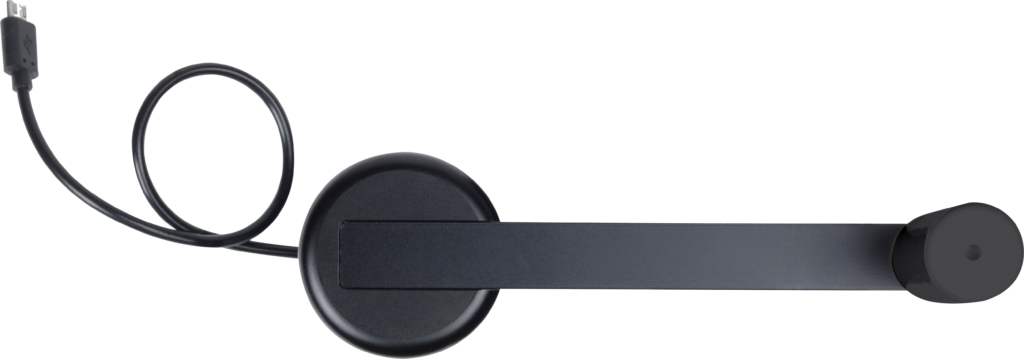
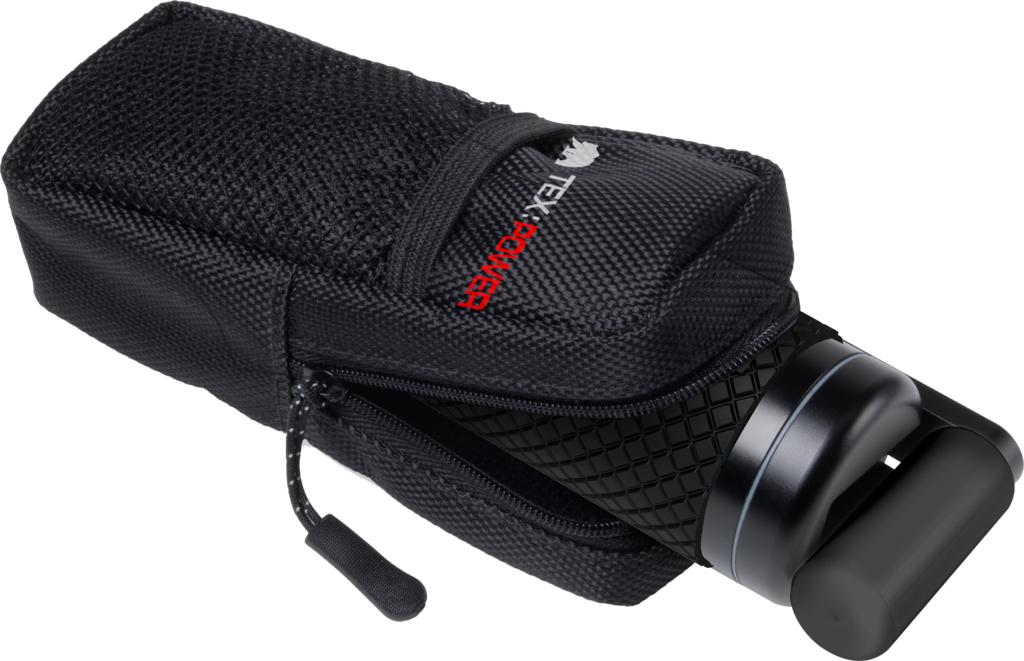
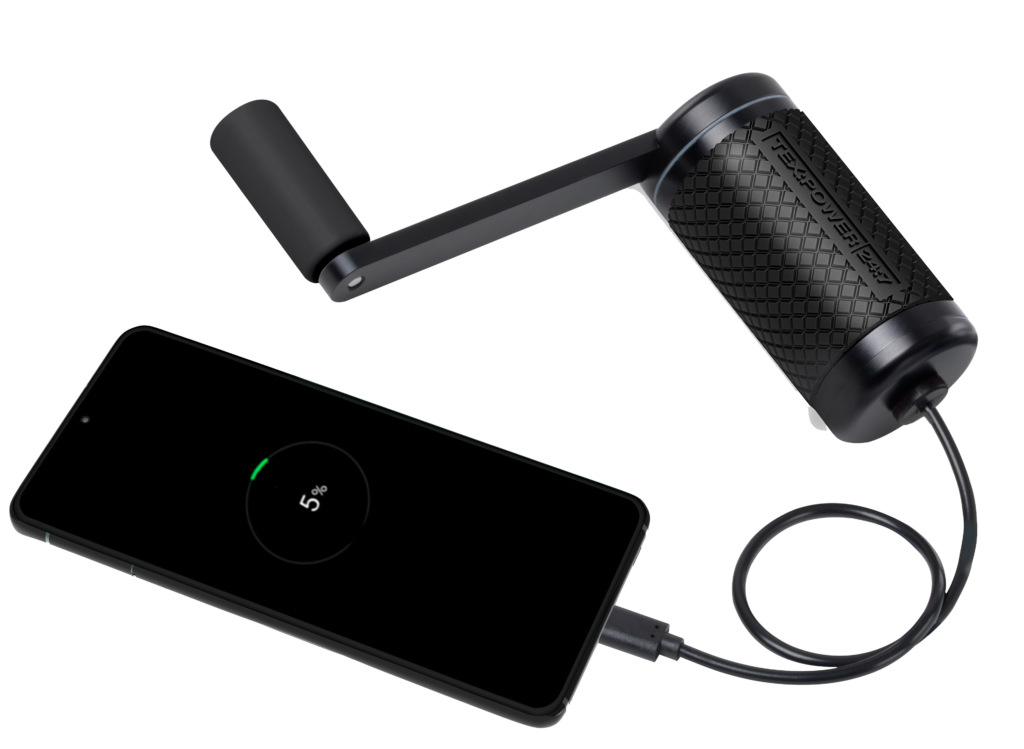
Charge a flat phone and make an emergency call in 2.5 minutes
Achieving 1% per minute charge
A simplified explanation for why the TP:247 charges a lithium battery faster from zero than at 20% capacity is that the battery can accept a higher charging current when it is nearly empty. As the battery fills up and reaches higher capacity levels, it becomes more resistant to accepting a high charging current, causing the charging process to slow down.
Lithium-ion batteries charge fastest when they are closer to zero or low capacity rather than at higher capacity levels. This is primarily due to the way lithium-ion batteries work and the charging algorithms implemented in battery management systems.
When a lithium-ion battery is discharged, the movement of lithium ions occurs from the negative electrode (anode) to the positive electrode (cathode) through an electrolyte. During the charging process, the ions reverse direction and move from the cathode back to the anode.
To charge a lithium-ion battery, the charging system typically employs a constant current/constant voltage (CC/CV) charging algorithm. Initially, during the CC stage, a constant current is supplied to the battery, which allows it to charge rapidly. As the battery voltage increases, it reaches a predetermined threshold, and the charging system transitions to the CV stage.
During the CV stage, the charging voltage is kept constant while the current gradually reduces. This stage ensures that the battery reaches its maximum capacity and prevents overcharging. At higher battery capacities, the CV stage takes longer as the current reduces more slowly, causing a slower overall charging process.
When the battery is at a lower capacity, it can accept a higher current during the CC stage, allowing for faster charging. As the battery capacity increases, it becomes more resistant to accepting a high charging current, leading to a slower charging rate.
It's important to note that the charging behaviour can vary depending on the specific lithium-ion battery chemistry, design, and charging system used. However, the general principle remains the same: charging from lower capacities tends to be faster due to the higher acceptance of charging current.

| Weight | 550g |
| Length | 110mm |
| Output | USB-C |
| Gearing | 30 to 1 ratio |
| Maximum output | 5V at 2A |
| Maximum withstand voltage | 100V |
| Maximum speed of handle rotation | 120rpm |
| Waterproof rating | IP65 |
| Materials | Aluminium housing, rubber grip |
| Charging times | An empty phone battery charges by 1% per minute. By using the TP:247 you can give an empty phone battery enough charge to make an emergency call in approximately 2.5 minutes. 10 minutes of use gives approximately 1hr of talk time. |
| Diameter | 45mm |